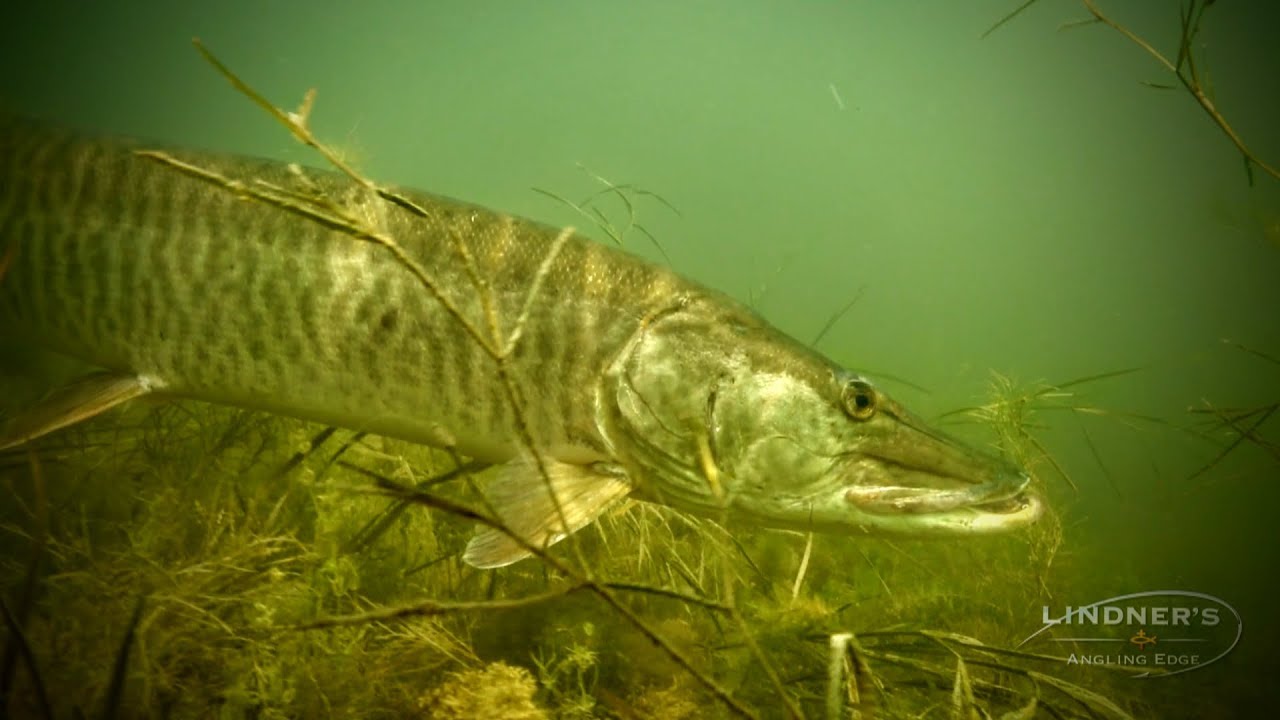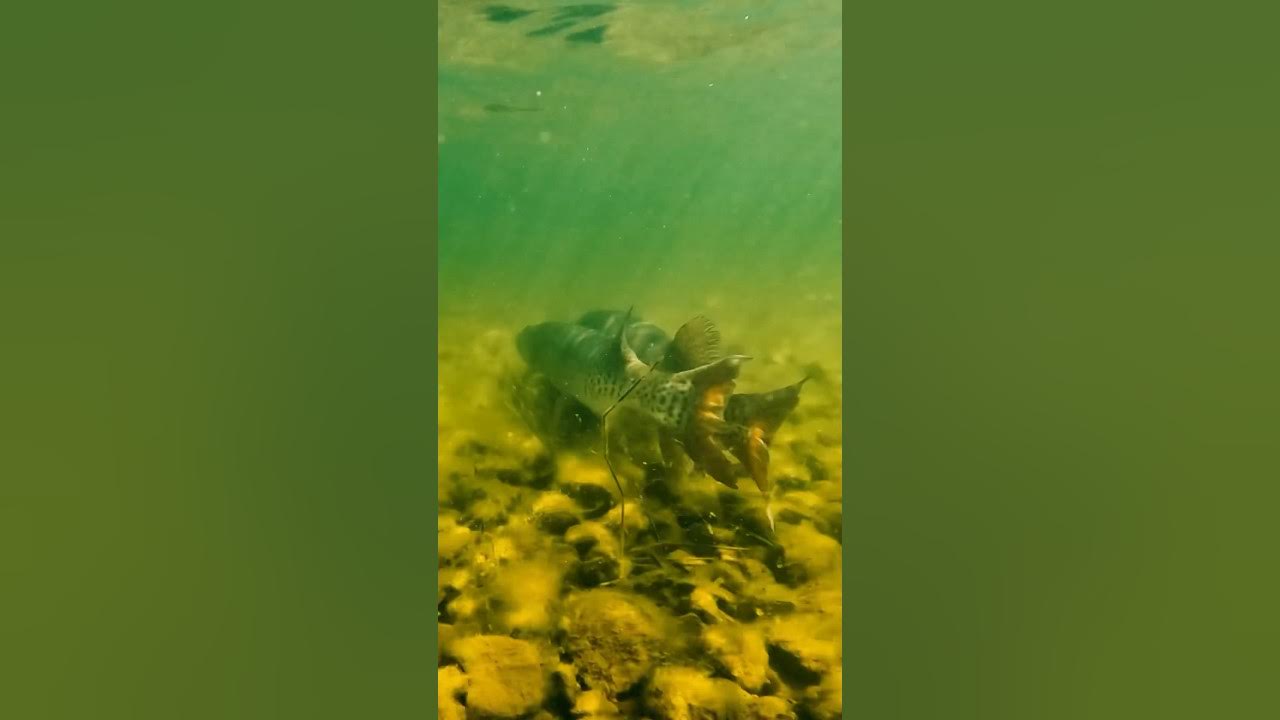EARLY FALL WALLEYE
When fall fishing in the Northwoods, one of the hardest questions to answer is “WHERE CAN YOU FIND WALLEYE? The best answer, especially with this fall being unseasonably warmer would be, everywhere. As of October 3rd, the water temp was still in the upper 60s so
some summer spots you were fishing still might hold a few fish, because I don’t believe Walleye have started transitioning from summer to fall locations yet. Meaning they can be scattered though out the lake.
So why do the majority of anglers believe this is the peak time for catching Walleye? Because fall (cooler) weather usually lowers the water temperature and produces more and legal size (15”) Walleye. I have heard so many anglers saying this year they just can’t find Walleye. Here’s the thing, some anglers can be predicable, because they head to the same fishing spots where they caught fish last year without considering conditions and/or thinking about water temperatures and fish locations. Can your favorite spot hold fish? Depending on the species, maybe. Some of my old go to locations, do not hold fish, but then other spots I haven’t fished in years for that reason have turned on again, so I can understand that to an extent. As I mentioned above, the best way I can answer (where are the walleyes) is, follow their food and you will find walleye. Knowing walleyes are in deeper water during the day and move shallower in the evening helps, so walleye locations will pretty much be the same, but you might have to jump from spot to spot to find them. Sounds simple right?
When the surface temperatures get close to 60 degrees, some Walleye will move out from deeper weeds to the edges of those weeds. Others will move up to whatever green vegetation left in shallower water. Shallow structure, like points, drop offs, rocks, gravel or sandy bottoms that have access to deeper water are other locations to try. On windy days, fishing windblown shorelines could be a great location to start, because they will be feasting on baitfish and perch that the current is pushing into that area. One thing to remember is, even though the fall bite really turns on, there will be times when bigger Walleyes won’t exert themselves, so this is the time of year I think you want to slow down your presentation. Retrieving a spinnerbait, crankbait or soft plastic at a slower speed or trolling 1 to1 1/2 mph I believe will put more fish in your net. Whatever your lure choice is, it’s always good to mimic the color of baitfish. Using silver, gold, copper and perch colors are good to start with, but you never know what will trigger strikes, so you might want to experiment with other colors also.
That said, if you visit my fishing page regularly, you know I believe live bait, day or night, will out fish artificial baits and when it comes to fall fishing for Walleye, I’m willing to bet, most guides would agree with me on that. Lip hooking a 4 and even up to a 6-inch minnow (walleye sucker or chub) with a #2 or #4 hook can be deadly. Early in the fall, even leeches (if you can still find them) or crawler will catch fish.
Whatever you chose to use, on calm days casting or trolling deeper structure is always a good choice, but vertically jigging live bait over these spots can be awesome. Then, as I mentioned above, wind that’s pushing baitfish or perch into the shoreline can be an awesome spot, so try anchoring from the shoreline out and let your live bait rig drift under a bobber with the current into the shore. One thing about fishing for any species in the fall is, you won’t have a lot of other anglers out there with you, so I hope this gave you a few ideas on where to find early fall Walleye.





Thanks Bill!
Thank you, Mike, I hope the article helped some anglers.